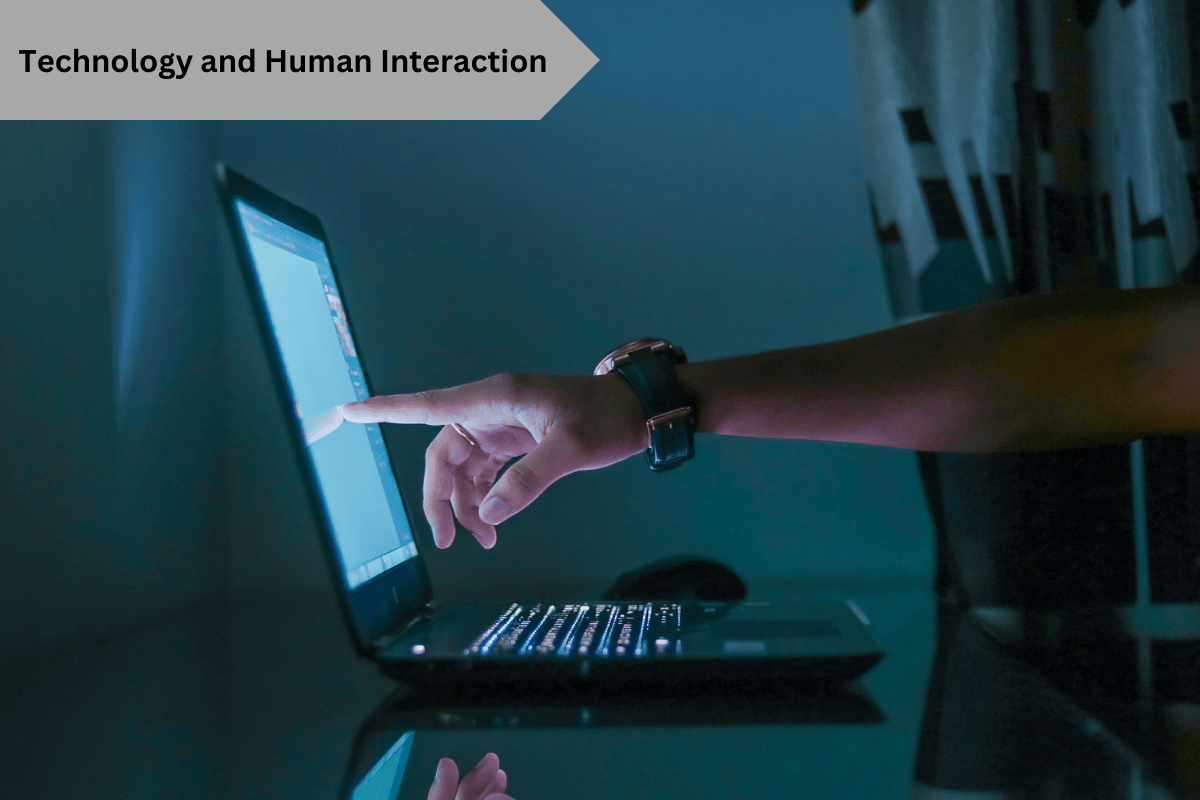Public administration is evolving to balance advanced technology with human interaction, ensuring efficient and empathetic governance. Digital tools like AI, automation, and data analytics streamline processes, enhance transparency and improve decision-making. However, maintaining human-centered approaches remains essential for fostering trust and addressing diverse societal needs. Administrators focus on integrating technology to support rather than replace personal interactions, emphasizing inclusivity and accessibility. Training and ethical frameworks are being developed to ensure equitable implementation. This synergy between innovation and human connection creates a responsive, effective, compassionate public administration system for addressing contemporary challenges.
Introduction to Public Administration’s Modern Challenges
Table of Contents
Public administration has evolved from bureaucratic functions to dynamic systems in the digital age. The challenge is maintaining efficiency, transparency, and empathy while integrating technological advances. Administrators must use emerging tools without compromising accountability, integrity, and human security services. Public administration is at the intersection of traditional bureaucratic traditions and digital innovation demands. Governments and public service agencies worldwide must adapt and optimize their functionalities under these new paradigms to maintain the essence of human security services. As these institutions transform, aspiring professionals become increasingly inclined towards advanced educational avenues such as an online master of science in analytics. These programs are meticulously designed to equip them with the analytical and managerial skills necessary to address the complexities entrenched in modern governance. The crux lies in achieving an optimal balance between adopting advanced technologies and preserving the indispensable human touch — a paramount consideration in public administrative functions.
The Role of Technology in Public Administration
Today, technology is neither a luxury nor an option; it is the backbone of contemporary public administration. Incorporating tools such as AI-driven analytics, cloud computing, and streamlined digital interfaces is pivotal in reinventing public service delivery chains and escalating efficiency and citizen satisfaction levels. Around the world, programs like Singapore’s Smart Nation highlight how technology can revolutionize service quality and strengthen transparency protocols. This technocratic advancement is not merely theoretical—active implementations pave the way for more responsive and responsible governance models. To explore further, delve into this insightful feature on the role of technology in modern governance.
Maintaining Human Interaction Amidst Technological Advancements
Despite the progressive thrust of technology, the pivotal role of human interaction remains a bastion of effective public service administration. Empathy, personalized communication, and understanding are irreplaceable elements that foster trust and camaraderie among citizens. As public administrators strive to uphold these values amidst technological integration, they must focus on hybrid service models that acknowledge digitization without discarding the quintessential human element. For instance, community-focused engagement strategies and feedback mechanisms can bridge the gap between machine efficiency and human touch, ensuring citizens’ voices remain integral to decision-making processes.
Education and Training: Preparing for the Future
More than a mere facilitator, education is the keystone in adapting public administration for future exigencies. As the sector gears up for continued technological shifts, comprehensive educational programs that amalgamate traditional governance principles with cutting-edge technological proficiencies become imperative. The curriculum of the online master of science in analytics program illustrates this synergy by preparing future administrators to question the current quo and take the lead in innovative approaches to service delivery. These programs cultivate essential analytical capabilities and imbue learners with the vision to spearhead dynamic, meaningful reforms within their communities and beyond.
Balancing Data Privacy and Public Service Efficiency
Data has emerged as the conduit for enhancing public service delivery. However, the concomitant rise in privacy concerns demands vigilant attention. Governments face a nuanced challenge: protecting sensitive citizen data while optimizing services for increased efficiency and efficacy. Accordingly, developing robust frameworks that emphasize transparency, accountability, and ethical data management is crucial. Initiatives like open data projects not only enhance accessibility but also bridge the trust gap by showcasing governmental accountability. When such measures are appropriately executed, they foster a collaborative milieu between policymakers and the public, encouraging a healthier democratic process.
Global Examples of Integrating Technology and Human Interaction
On the global stage, nations are exploring creative amalgamations of technology and human interaction within the ambit of public administration. Estonia’s trailblazing e-Estonia project illustrates how digital infrastructure can revolutionize government practices while prioritizing citizen-centric services. International examples provide valuable insights, highlighting the potential for adaptive solutions that respect cultural uniqueness and varied political tenets. By channeling such global lessons and best practices, public administrators worldwide can weave technology into the fabric of governance frameworks effectively and equivalently.
Future Trends: What’s Next for Public Administration?
The future landscape of public administration is teeming with exhilarating possibilities laden with intelligent solutions like machine learning, AI-driven policymaking, and big data analytics. These trend-setting technologies are key to revolutionizing service delivery dynamics and making governance models more anticipatory and adaptive. Acting on these transformations requires administrators to remain abreast of emerging technologies and embed innovative strategies within their operational ethos. This approach ensures relevance and responsiveness and empowers them to navigate the shifting tides of citizen expectations proactively.
Conclusion: Moving Forward with a Balanced Approach
The harmonious liaison between advanced technologies and humane interaction modalities defines the forward trajectory of public administration. As we embrace the digital future, preserving the human element remains crucial in ensuring an empathetic, inclusive, and effective governance framework. By integrating technology seamlessly while fostering environments conducive to human-based services, public administration can craft a resilient future that is equally compassionate. This balance is paramount to sustaining public trust and shaping governance that reflects diverse societal values and needs.

